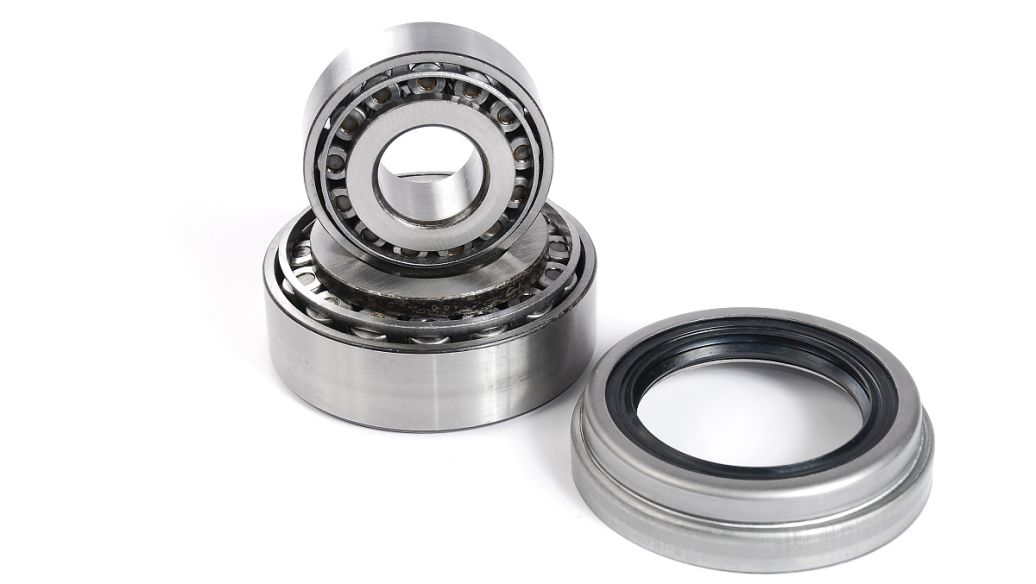Deep groove ball bearings, angular contact ball bearings, cylindrical roller bearings, and spherical roller bearings are all essential components of various types of machinery and equipment. These types of bearings are responsible for supporting rotating shafts and minimizing the friction generated during the rotation. They are critical for ensuring smooth and efficient operation of many types of machinery, including industrial equipment, automobiles, and household appliances.

Deep groove ball bearings, which are commonly used in a wide range of applications, are known for their high-speed performance, low noise, and versatility. They are also capable of supporting both radial and axial loads. The basic design of deep groove ball bearings consists of an outer ring, an inner ring, a set of balls, and a cage. The balls are positioned between the inner and outer rings and enable the bearing to perform its function of reducing friction and supporting the load.
Angular contact ball bearings, on the other hand, are specifically designed to support both radial and axial loads. They are characterized by their ability to accommodate high axial loads in one direction and moderate radial loads. This type of bearing consists of an inner ring, an outer ring, a set of balls, and a cage. The balls are positioned at an angle to the axis of the bearing, which allows them to support both axial and radial loads.
Cylindrical roller bearings are similar to deep groove ball bearings in terms of their versatility and capability to support both radial and axial loads. However, cylindrical roller bearings are designed to handle extremely high radial loads and are therefore commonly used in heavy-duty industrial applications. This type of bearing consists of cylindrical rollers that are guided by an inner and outer ring.
Finally, spherical roller bearings are designed to accommodate high radial loads and moderate axial loads. This type of bearing consists of an inner ring, an outer ring, a set of rollers, and a cage. The rollers are situated in such a way that they can adjust to misalignment and shaft deflection, making them suitable for applications that require flexibility and durability.
The manufacturing process of deep groove ball bearings, angular contact ball bearings, cylindrical roller bearings, and spherical roller bearings involves a series of intricate steps that require precision and attention to detail. The process typically starts with the raw materials, which are selected based on their properties and suitability for the application.
The first step in the manufacturing process involves the creation of the bearing rings, either through forging or casting. Once the rings have been produced, they are annealed to reduce internal stresses and improve the overall strength and durability of the material.
The next step involves the precision machining of the rings, which involves cutting, grinding, and polishing to achieve the precise dimensions and shape required for the specific application. This process also involves the creation of grooves and other features on the rings that are necessary for the proper functioning of the bearing.
Once the rings have been machined, they are assembled with the balls or rollers and the cage to create the final bearing. The assembly process typically involves the use of specialized equipment, including presses and alignment machines, to ensure that the components are aligned and properly spaced.
Finally, the finished bearing is tested to ensure that it meets the required specifications for the application. This testing may include measurements of the bearing's vibration, noise, and load carrying capacity.
In conclusion, deep groove ball bearings, angular contact ball bearings, cylindrical roller bearings, and spherical roller bearings are all essential components of many types of machinery. The manufacturing process of these bearings involves a series of complex and precise steps that require expertise and attention to detail. The result is a durable and versatile component that plays a critical role in ensuring the smooth and efficient operation of many different types of equipment.